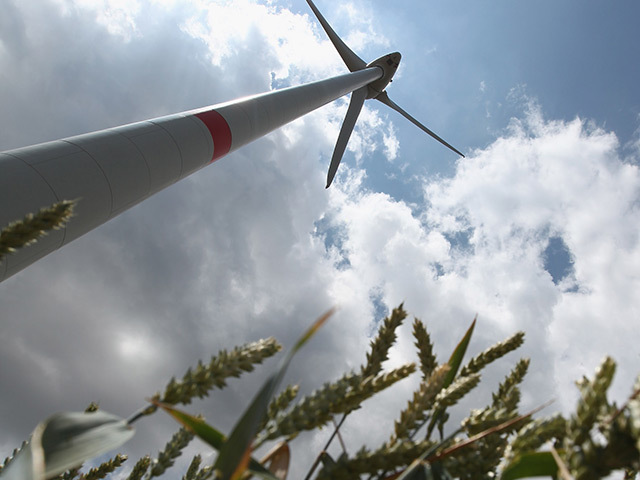Developments ‘devour countryside’
Thousands of acres of the countryside have been swallowed up by development in the past few years, new land use maps have revealed. Wetlands were among the areas of landscape which were lost between 2006 and 2012, prompting concerns from wildlife experts about the disappearance of important habitat and the natural services such as flood protection they provide. In total 225,200 hectares or almost 870 square miles of the UK, around 1% of the country, showed changes in land use over the period, according to land cover maps launched by the University of Leicester and consultancy Specto Natura. The main change was clear-felling of more than 100,000 hectares (247,000 acres) of coniferous forest, largely in Scotland and Wales where much of the plantation forest is found, while around half the area was regrowing or had been replanted. Around 3,000 hectares (7,400 acres) of mixed forest were also clear felled, according to the mapping which used satellite data from 2006 and 2012 and is based on 44 land cover and land use classes. The study also revealed that more than 7,000 hectares (17,000 acres) of forest was converted to “artificial surfaces” such as buildings, industrial sites and roads, while 14,000 hectares (35,000 acres) of agricultural land was lost to the spread of towns and cities. Wetlands were also lost to development, with more than 1,000 hectares (2,500 acres) of such areas vanishing under artificial surfaces.
